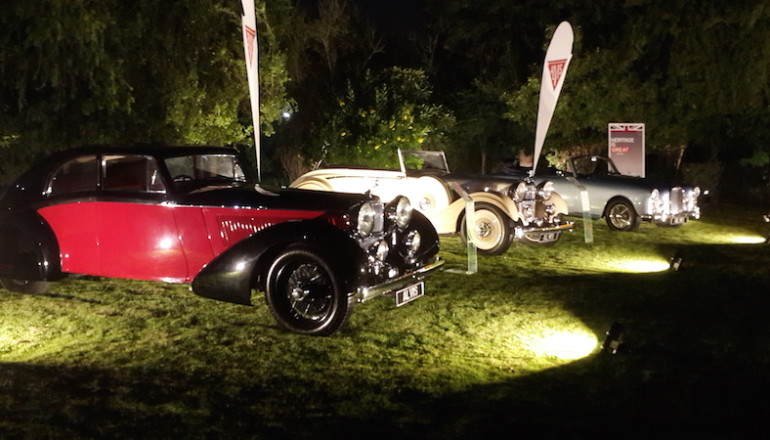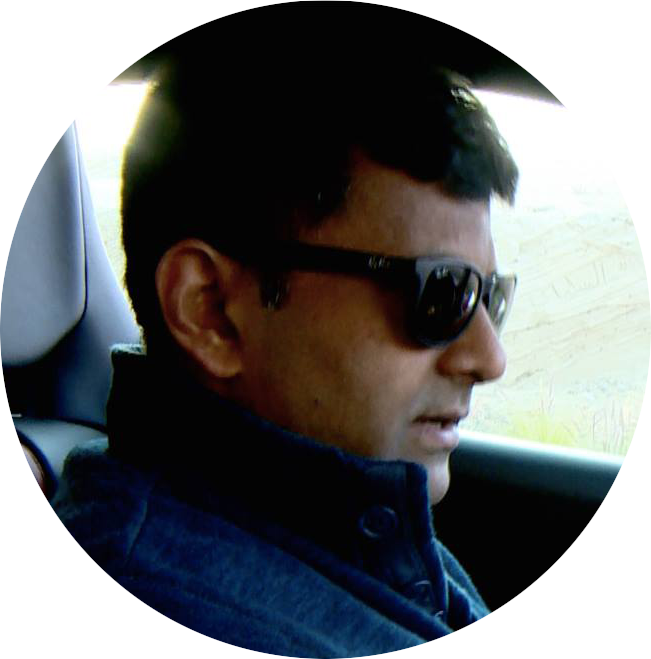The breeze from the Creek had to climb high walls to get a glimpse of the glory of British motoring, spread out on those manicured lawns. The historic crests and proud grilles of Morgan, Caterham, Morris Garages, Alvis, Lotus and even an E-Type gleamed in the highlights of the evening. Even so, the evening belonged to the one that was making a return – past six decades of silence.

The lawn behind the residence of the British Consul General is a pretty place for high teas; for showcasing exquisite cupcakes, chocolates and err… supercars. Beside the bungalow, in front of the makeshift stage, next to each other stood the first ever British supercar and the latest – with eighty years between them. Of course, in the case of the Alvis that was in front of us, it was in a symbolic sort of way, as it was a revival production of the first-ever super car. The ‘newly ancient’ car symbolizes the advent of what Alvis calls the ‘continuation’ series – history continuing its storytelling after a long pause.

Before I tell you more about the Alvis, let me turn the spotlight on the new Lotus Evora 400, the most powerful Lotus ever that will replace the Evora S. The 400 stands for the output in horsepower and could very well be the price tag, take a few thousands! I had the good fortune of taking that car round the Dubai Autodrome tracks just a few days prior to the event; and also the good luck of sharing the same table as the first owner of the new Lotus Evora 400 – when he receives it, the car will be a striking yellow with a black top, as per Mr. Sharma’s specification. Gaurav Sharma has owned a few Lotus cars and has been in love with the way Chapman used to make cars – including the legendary Caterham.

Gaurav personally took me near the brand new display car and asked me to apply pressure to the top, almost like I was trying to topple it. I don’t know if it was the media badge or the proximity of a certified Lotus fan and owner that saved me from being ticked off. The lesson learnt was that Lotus cars have such a rigid chassis that they just won’t lean or tip over on a bend – the Chapman touch!

Gaurav is still decking up a special garage for his much-awaited Lotus Evora 400. From the stability and speed the car displayed on the track, especially the way the lightness of its being eased into a slide, this new Lotus is going to make Mr. Sharma very happy. The 410 Nm of the Evora 400 is good for a 0 to 100 kmph sprint time of 4.2 seconds. I could clearly feel those bigger brakes at work – rather instantaneous, they took half the credits in the err… gripping story.

The Alvis might not be as easily available for a drive, I suspect. To begin with, it costs almost one full million and three quarters of another in dirhams. And then, it is totally made to order; ‘the way they used to make cars’. The interesting story behind this sprawling piece of classic luxury and speed is that there were 72 licensed chassis that did not make their way into the manufacturing line when the factory was bombed during the great war. Ironically, the company was established in 1919, the year World War I ended.
So, at the heart of the revival is the passionate afflatus to resurrect these licences from dust (and cobwebs) and build them ground up. A few of them would be the famous Alvis 4.3 Litre model, which was the fastest non-supercharged production car of its times. One had grabbed the limelight this evening.

So, the time seems to be perfect to ignite the passion for British supercar heritage in the UAE. The fastest ever Lotus and the supercar legend of yesteryears that gleam on the greens have all the makings of a great story – rather, history in the making to be precise.










